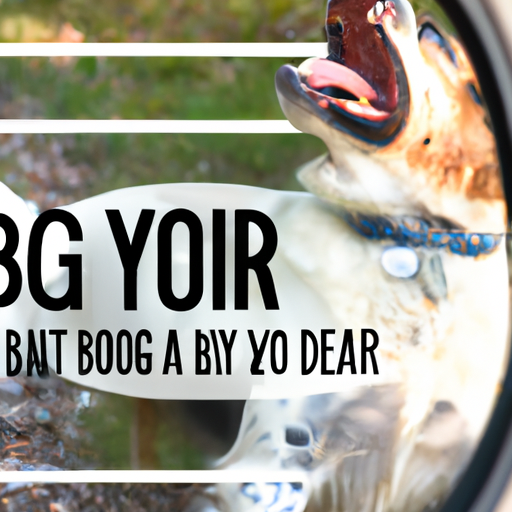As a caregiver, your responsibility extends beyond humans to your furry friends as well. One of the critical aspects of this role is communication, and in this guide, we will discuss a peculiar but effective communication method: barking at your dog.
Understanding Your Dog’s Language
Just as we humans have our own languages, so do our canine companions. Dogs have a complex language of barks, whines, growls, and body movements.
- A low growl often means your dog senses danger.
- A high-pitched bark indicates excitement.
- Whining could be a sign of discomfort or desire for attention.
Before you can communicate effectively with your dog, you need to understand their language. Observe them closely and try to interpret their signals.
The Science Behind Barking
Dogs bark for various reasons, and understanding the science of barking can help you communicate effectively with your dog. The frequency, pitch, and duration of a bark can convey different meanings.
- Frequency: Frequent barking suggests excitement or urgency.
- Pitch: A high-pitched bark often means a dog is surprised or scared.
- Duration: A longer bark can indicate that the dog is determined or aggressive.
Why Bark Back?
You might be wondering, “Why should I bark at my dog?” Barking at your dog is a way of communicating with them in their language.
- It can help establish dominance.
- It can also be used to correct unwanted behavior.
- It can even be a fun way to bond with your dog.
How to Bark at Your Dog
Now that we’ve covered the why, let’s discuss the how. Barking at your dog is more than just making noise. It’s about using the right tone, volume, and body language.
- Tone: Your tone should match the message you want to convey. For instance, if you’re trying to assert dominance, use a deep, firm bark.
- Volume: Use a moderate volume. Too loud can scare your dog, while too soft may not get their attention.
- Body Language: Dogs communicate extensively through body language. Stand tall to assert dominance, or get down to their level to show you’re not a threat.
Potential Risks and Pitfalls
While barking at your dog can be beneficial, it’s important to be aware of potential risks and pitfalls.
- Miscommunication: If you don’t accurately mimic dog language, your dog might misinterpret your message.
- Fear or Aggression: If your bark is too loud or threatening, it could scare your dog or make them aggressive.
- Overuse: If you bark at your dog too often, they may become desensitized, and it will lose its effectiveness.
Alternatives to Barking
If barking at your dog doesn’t appeal to you, or if it’s not working, there are other ways to communicate effectively with your dog.
- Use simple commands like “sit,” “stay,” or “come.”
- Use positive reinforcement to encourage good behavior.
- Use body language, such as pointing or gesturing.
FAQ
1. Is barking at your dog cruel?
No, barking at your dog is not cruel as long as it’s done correctly. It should not be used to scare or intimidate your dog, but rather to communicate with them.
2. Can barking at your dog cause them to become aggressive?
If done incorrectly, yes. If your bark is too loud or threatening, it could scare your dog or make them aggressive.
3. How can I tell if my dog understands me when I bark?
Look for their response. If they seem confused, they probably didn’t understand. If they respond appropriately (for instance, backing down if you’re asserting dominance), they likely understood.
Conclusion
Barking at your dog is a unique way to communicate with them in their language. As caregivers, our goal is to ensure our furry friends feel safe, comfortable, and understood. With these tips, you should be well on your way to achieving that goal.



